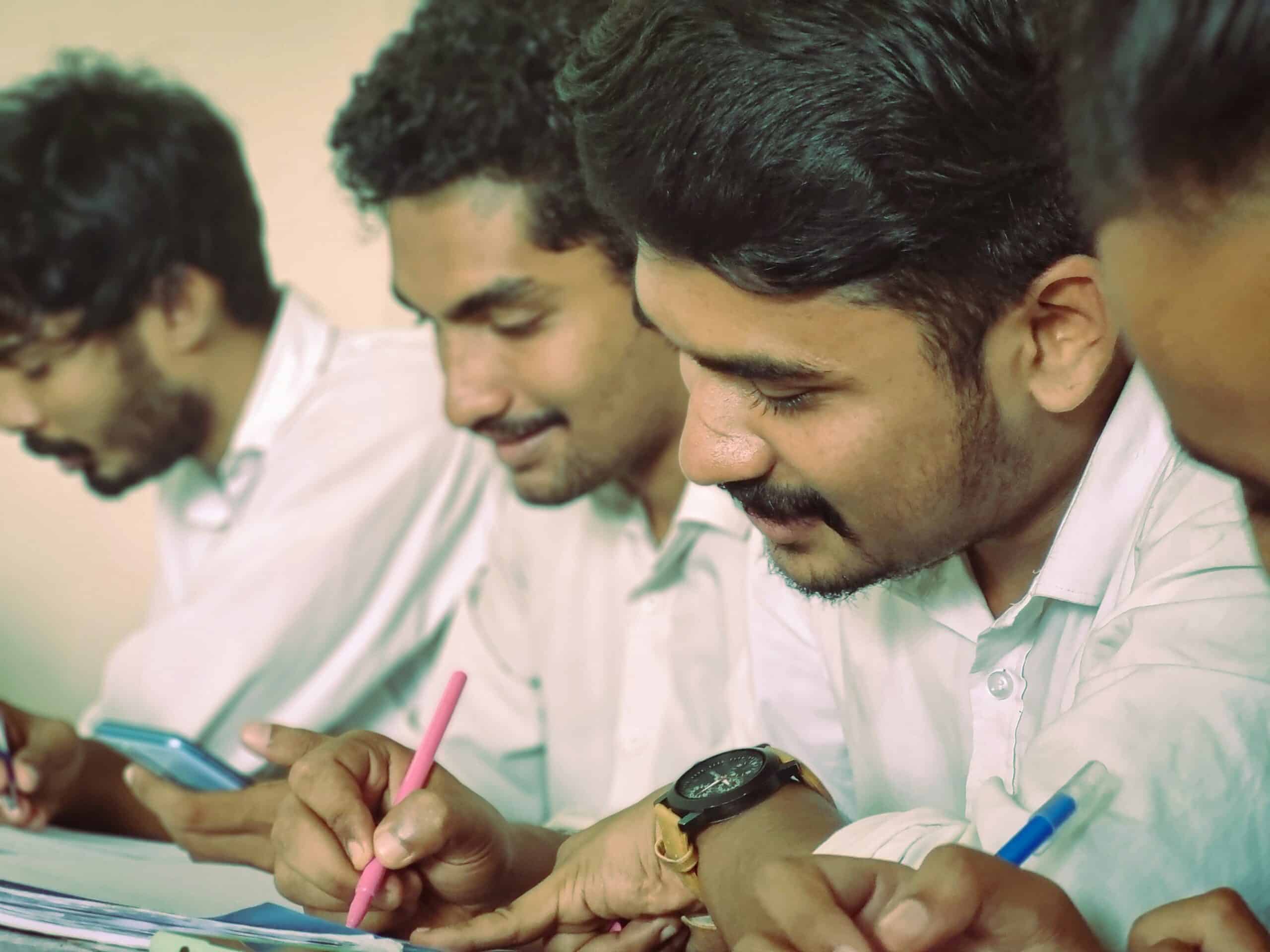The Institute of International Education (IIE) has launched a new survey seeking to better understand the global landscape of international partnerships, which have surged in recent years but are still relatively little-known compared to international student mobility.
“Despite their growing importance, we know relatively little about the partnership world that we are building,” said IIE CIP fellow Susan Buck Sutton.
“Hence, our interest in mapping the landscape of partnership activities, locations, motivations, practices, policies and challenges. There is much we need to learn,” added Buck Sutton.
The survey is being rolled out across five years, with the first stage conducted in the US, Canada and Europe, before expanding to Africa, the Middle East, Central and South America and Asia.
Preliminary results from the survey’s first stage revealed the considerable influence of global politics shaping university partnerships.
When asked about the changing character of international partnerships since 2015, the highest number of respondents said it had been “strongly affected by changing and uncertain international geopolitical environments”.
Despite their growing importance, we know relatively little about the partnership world that we are building
Susan Buck Sutton, IIE
Second to this, respondents noted the increased use of IT, in particular online learning, to facilitate partnerships.
Buck Sutton highlighted the “remarkable surge” in such practices, bringing benefits “to a much broader range of students, academic fields and institution types than was the case even five years ago”.
“As a result, HEIs are approaching partnerships in more strategic and data-driven ways,” she said, adding that greater scrutiny of such linkages was shaping their development, “sometimes resulting in greater support, sometimes in greater restrictions”.
This iteration of the survey saw the largest number of respondents from Europe (163), followed by the US (95) and a small number from Canada (9).
Perhaps unsurprisingly, Europe was the most cited region where respondents held partnerships, though Buck Sutton highlighted marked improvements in the even distribution of international collaborations.
“Of greatest surprise, the survey data also show that the international partnerships are now more evenly spread around the countries of the world than was the case in the past and engage in a wider range of activities from student exchange to research centres to community engagement,” she said.
Notwithstanding this welcome finding, the survey aims to identify and address issues such as the unevenness of partnerships and to enable new institutions to forge partnerships for the first time.
Sylvia Jons, director of IIE’s centre for international partnerships, said the survey aimed to “empower institutions and agencies to forge meaningful collaborations that enhance global academic diplomacy”.
“Ultimately, we seek to foster a more interconnected and innovative international education ecosystem that benefits nations, communities, and higher education institutions alike,” she continued.
When it comes to types of international partnerships, student exchange was the top cited option by respondents, followed by faculty exchange and research collaboration.
Online collaborative teaching, joint degrees, curriculum development and joint conferences scored relatively highly, with these activities likely to become more important as visa challenges across the major study destinations continue to disrupt student mobility.
According to its authors, each stage of the survey will focus on a different part of the globe in consultation with regional experts, producing a report for each area.
“Too little is yet known to construct a universally meaningful survey, and the risk of flattening important national differences or imposing the view of only one region on others is too great,” explained Jons.
“It is hoped that, when added together, these successive surveys advance our collective understanding of how to form mutually beneficial linkages that span the globe in an equitable and inclusive manner,” she said.
The second stage of the survey will focus on the Asia-Pacific region and is set to launch in February 2026 to coincide with the APAIE conference.






























